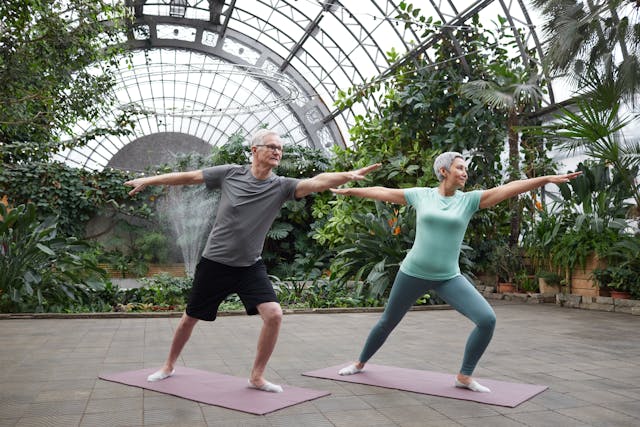You’ve seen it before, an action star climbing a cliff without any safety gear or instructors. Many people associate rock climbing to an extreme sport because of its potential risks. Some climbers are indeed daredevils, but there are also climbers prioritising safety above all.
The scariness and risks are real, but you don’t have to be a Tom Cruise to enjoy rock climbing. When you do reach the top, reap the benefits of looking at some of the most beautiful sights a high place can offer.
Rock climbing encompasses many disciplines such as sport climbing, traditional climbing, and bouldering. These disciplines set rock climbing apart from other conventional activities such as soccer or basketball.
The Basics
Some ways you can learn the basics of rock climbing is asking help from a skilled friend or taking a course with an instructor. A cheap and safe way to start is by going to indoor gyms, an important area to start before venturing into the outdoors.
For early learners such as kids, climbing cubes and trees in the playground provides for a safe learning environment. In the same way, the safety of indoor climbing equips you with an instructor and the necessary knowledge for the great outdoors.
For beginners, the most popular way of learning is by top-roping. Top-roping involves a rope attached to the climber and a pulley attached to the wall. This ensures that you always have a rope with you. This technique is known to be easier compared to bouldering – climbing without a rope in short walls. Without a cable, bouldering involves having a spotter, a person who makes sure you land safely.
If you’re entirely new to rock climbing, the top-rope method may be more effective. Learning safe helps you develop the skills needed without giving yourself a hard time.
The Skills Involved (On Top of the Basics)
“Belaying” involves holding the climber’s safety rope to slow down their descent in case they fall. A specialised tool is used to lock to the rope, making it easier to hold a falling climber. The belayer is someone holding your life in their hands, making their role critical. Aside from belaying, you’ll also learn how to attach to a rope, usually a screwgate carabiner and a figure-eight knot.
Another vital aspect of rock climbing is communication. Before the ascent, the belayer and climber should double-check all attachments. The climber then announces they are “climbing” while the belayer “on belay”. Once the climb begins, the belayer takes the rope. After the climb, they switch roles.
The Great Outdoors
Indoor climbing is great, and you can master top-roping as many times as you want. It also ensures your safety while giving you time to learn the skills for outdoor climbing.
The transition from indoor to outdoor climbing is likened to eating at a fast-food chain and a fine dining restaurant. Outdoor climbs expose you to real-world environments that the indoors cannot provide.
The main difference between indoor and outdoor climbing is complexity. It means that finding a professional instructor is your priority. Safety measures are reduced significantly, which is why hands-on learning is essential. Hands-on instruction, especially in rock climbing, is also more fun and effective compared to watching videos or reading help guides.
Once you’ve mastered using climbing ropes and equipment, safety, and judgment, climbing becomes an experience that separates you and reality. You’ll experience fear, power, relief, and adrenaline, knowing your life is in the hands of another. It’s all felt during a climb.
Best of all, there are plenty of beautiful climbing locations around the country. The Grampians and Mt. Arapiles are excellent locations in Victoria as well as the Dolerite pillars of Tasmania.
Additional Climbing Tips

Climbing involves more than just upper body strength and large muscles. It requires mental and physical technique.
Start Slow and Warm-Up
Like all other physical activities, rock climbing shouldn’t start hard too soon. Ease into it with easy climbs and move along.
Put Weight on Your Legs
Your legs are naturally stronger than your arms. With this in mind, keep your weight on your feet to climb higher and longer. If you get stuck, move your feet to higher ground
Keep Arms Straight
Contrary to popular belief, bent elbows in climbing mean tiring them out. Climbing is about using your bones and skeleton, decreasing the chances of you tiring out. Keeping your arms straight is effective in steep ground, allowing you more effortless movement when reaching the next spot.
Breathe
A basic and simple tip is to breathe. Fight the urge to hold your breath when climbing and breathe in. Activities like rock climbing are much easier when you breathe in and appreciate the benefits rock climbing has to offer.







